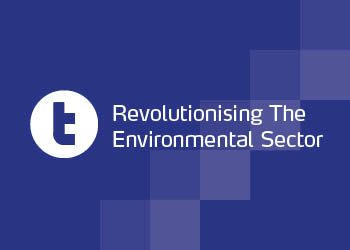Scientists from Australia’s University of Adelaide have developed a technique to turn cheap waste plastic carrier bags into a high-tech, high-value nanomaterial.
If the technology becomes widespread, this means that waste plastic bags could be used to make carbon nanotube membranes.
These highly sophisticated and expensive materials have a variety of potential advanced applications including filtration, sensing, energy storage and a range of biomedical innovations.
University of Adelaide research professor of nanotechnology in the School of Chemical Engineering Dusan Losic said: “Non-biodegradeable plastic bags are a serious menace to natural ecosystems and present a problem in terms of disposal.
“Transforming these materials through nanotechnological recycling provides a potential solution for minimising environmental pollution at the same time as producing high-added value products.”
Carbon nanotubes are tiny cylinders of carbon atoms that are one nanometre in diameter, which is 1/10,000th the diameter of a human hair.
They are the strongest and stiffest materials yet discovered and are hundreds of times stronger than steel but six times lighter.
With unique mechanical, electrical, thermal and transport properties, there is potential for development, but they are currently used in electronics, sports equipment, long-lasting batteries, sensing devices and wind turbines.
The Nanotube Research Group at the University of Adelaide grew the nanotubes onto nanoporous alumina membranes. They used pieces of grocery plastic bags that were vaporised in a furnace to produce carbon layers that line the pores in the membrane to make the carbon nanotubes.
Initially, ethanol was used to produce the nanotubes, but a PhD student Tariq Altalhi had the idea that any carbon source should be useable.
The huge market for carbon nanotubes will depend on industry being able to produce large quantities more cheaply and uniformly, as current complex synthesis methods lead to only a few grams being produced each day.
Professor Losic added: “In our laboratory, we’ve developed a new and simplified method of fabrication with controllable dimensions and shapes, and using a waste product as a carbon source.”
The process is catalyst and solvent free, which means the plastic waste can be used without generating poisonous compounds.
For the full research paper in the journal Carbon visit http://www.sciencedirect.com/science/article/pii/S0008622313006246












